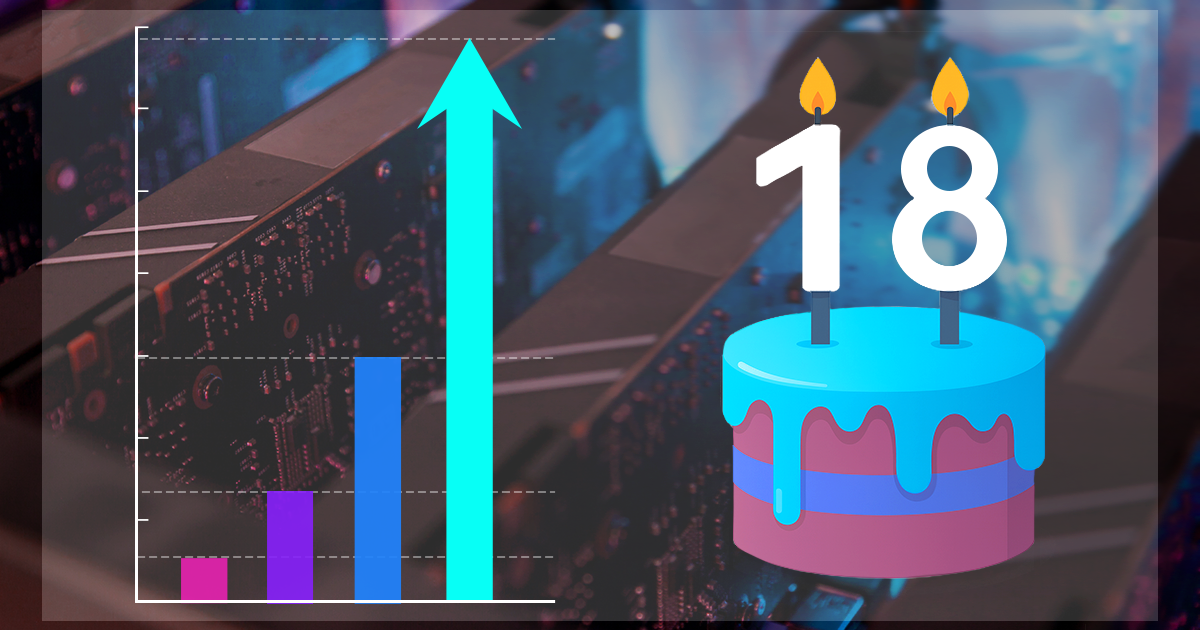There are several methods for recovering the original password ranging from brute force to very complex rule-based attacks. Brute-force attacks are a last resort when all other options are exhausted. What can you reasonably expect of a brute-force attack, what is the chance of success, and how does it depend on the password and the data? Or just “how long will it take you to break it”? Let’s try to find out.
Windows account passwords, or NTLM passwords, are among the easiest to recover due to their relatively low cryptographic strength. At the same time, NTLM passwords can be used to unlock DPAPI-protected data such as the user’s passwords stored in Web browsers, encrypted chats, EFS-protected files and folders, and a lot more. In this article we argue about prioritizing the recovery of NTLM hashes over any other types of encrypted data.
This article continues the series of publications aimed to help experts specify and build economical and power-efficient workstations for password recovery workloads. Electricity costs, long-term reliability and warranty coverage must be considered when building a password recovery workstation. In this article we will review the most common cooling solutions found in today’s GPUs, and compare consumer-grade video cards with their much lesser known professional counterparts.
Today’s data protection methods utilize many thousands (sometimes millions) hash iterations to strengthen password protection, slowing down the attacks to a crawl. Consumer-grade video cards are commonly used for GPU acceleration. How do these video cards compare, and what about the price-performance ratio? We tested five reasonably priced NVIDIA boards ranging from the lowly GTX 1650 to RTX 3060 Ti.
In Alder Lake, Intel introduced hybrid architecture. Large, hyperthreading-enabled Performance cores are complemented with smaller, single-thread Efficiency cores. The host OS is responsible for assigning threads to one core or another. We discovered that Windows 10 scheduler is not doing a perfect job when it comes to password recovery, which requires a careful approach to thread scheduling.
Most password protection methods rely on multiple rounds of hash iterations to slow down brute-force attacks. Even the fastest processors choke when trying to break a reasonably strong password. Video cards can be used to speed up the recovery with GPU acceleration, yet the GPU market is currently overheated, and most high-end video cards are severely overpriced. Today, we’ll test a bunch of low-end video cards and compare their price/performance ratio.
This year is different from many before. The Corona pandemic, the lack of travel and canceled events had changed the business landscape for many forensic companies. Yet, even this year, we made a number of achievements we’d love to share.
When adding a new encryption format or comparing the performance of different password recovery tools, we routinely quote the recovery speed expressed in the number of passwords per second. But what is the true meaning of password recovery speeds? Do the speeds depend solely, or at all, on the encryption algorithm? What’s “military grade” encryption, and does it guarantee the security of your data? And why on Earth breaking AES-256 encryption takes so vastly different effort in different file formats? Read along to find out.
Accessing a locked system is always a challenge. Encrypted disks and encrypted virtual machines, encrypted files and passwords are just a few things to mention. In this article we are proposing a straightforward workflow for investigating computers in the field.
Hashcat is a great, free tool competing head to head with the tools we make. We charge several hundred dollars for what, in the end, can be done with a free tool. What are the reasons for our customers to choose ElcomSoft products instead of Hashcat, and is the expense justified? We did our best to compare the two tools to help you make the informed decision.


